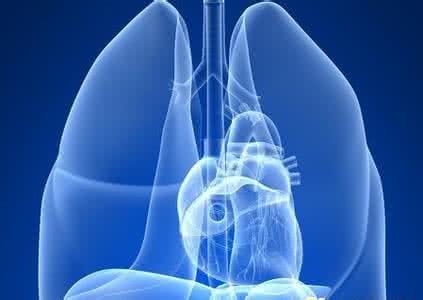How to judge is lung cancer in situ?
summary
First of all, what is called carcinoma in situ? Carcinoma in situ refers to atypical hyperplasia in the epithelial layer of the mucosa or the epidermis of the skin. It often involves the whole layer of the epithelium, but the basement membrane is intact. It has not invaded the basement membrane or the underlying stroma or dermal tissue, let alone invasion and distant metastasis. Therefore, carcinoma in situ is sometimes called "preinvasive carcinoma" or "stage 0 carcinoma", such as carcinoma in situ of cervix and esophagus. How to judge is lung cancer in situ? Let's get to know each other.
How to judge is lung cancer in situ?
1. The above passage is all written in Chinese characters. Why can't you understand it? This is because there are many very professional concepts that people without medical basis can't understand. However, the concept of cancer in situ is very important, because China's commercial insurance industry has excluded cancer in situ from major disease insurance since 2007, It's just a small difference that determines whether you can get insurance compensation.

2. In the above paragraph, we noticed that a very important concept is the basement membrane. The following picture shows the structure of each layer of the skin. We can see that the basement membrane plays a very important role in blocking and connecting the upper epidermis and dermis. You can clearly see that the larger blood vessels only grow below the basement membrane, However, there are few thick blood vessels in the epidermis. If the tumor cells do not break through the basement membrane, on the one hand, it is difficult for the tumor cells to invade the blood vessels and metastasize. On the other hand, there are basically no residual tumor cells during resection, which is easy to cut. More importantly, it is difficult for the tumor cells to induce angiogenesis in the epithelium to supply the growth of tumor cells, Once the tumor cells break through the basement membrane, it is possible to induce the peripheral blood vessels to grow into the tumor, and the growth of tumor cells will enter a new stage.

3. Bronchial epithelium also has basement membrane. It occurs in the upper cortex of the basement membrane and does not break through the basement membrane. It is called carcinoma in situ of the lung. The characteristic of carcinoma in situ is that the diameter is generally small, less than 6 mm, and the chest CT shows ground glass nodular shadow, which belongs to a kind of early lung cancer.

matters needing attention
Generally speaking, lung cancer in situ will not invade the surrounding tissues, and will not have early metastasis. Most of them can remain stable. Some of them enter the accelerated growth stage after several years of follow-up. Early resection of lung cancer in situ can be radical, with few recurrence. The 5-year survival rate can exceed 95%. The carcinoma in situ growing around the lung does not even need to be resected in a large range. A wedge-shaped resection can be done to cure it, which has little effect on lung function.















